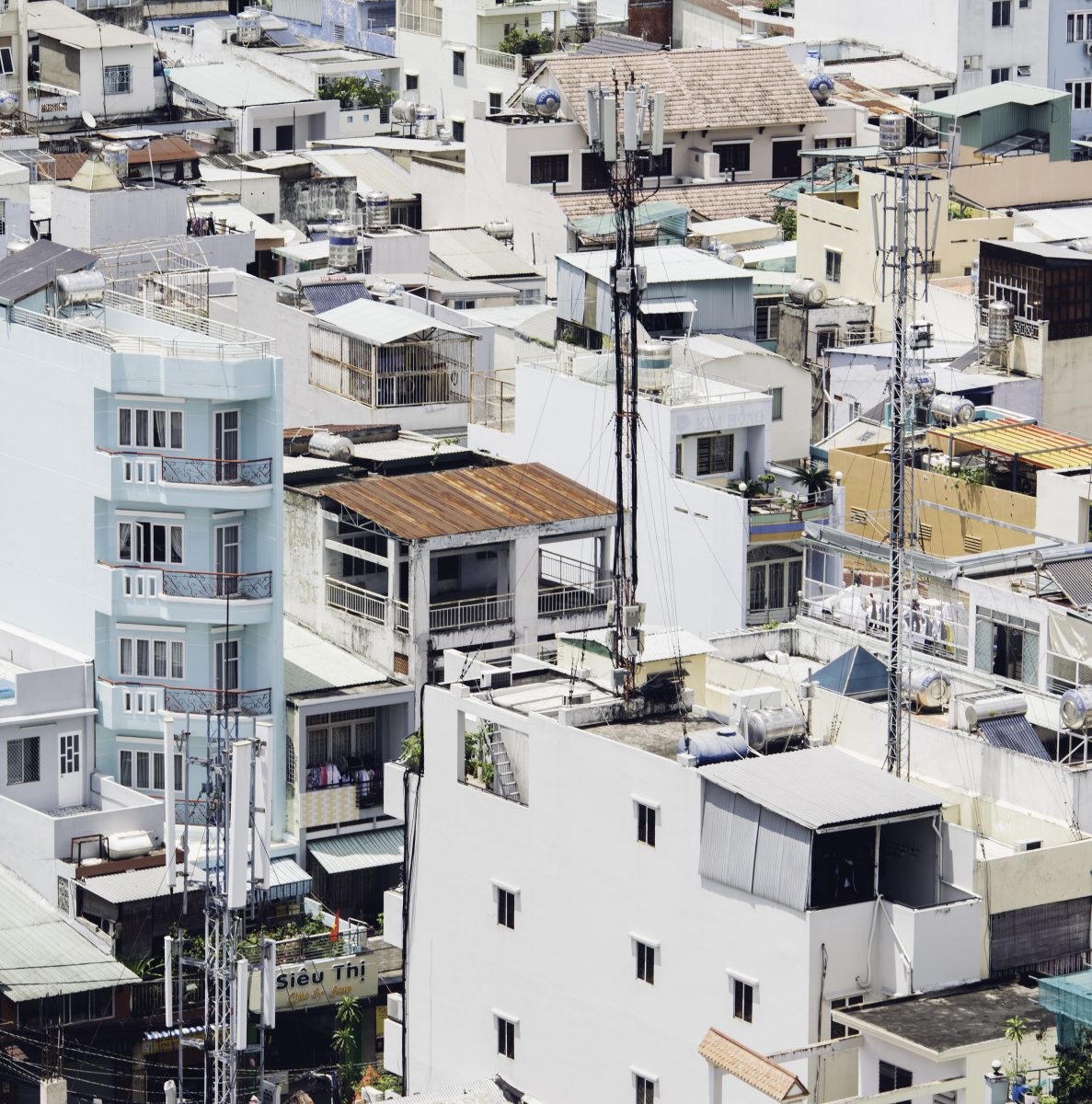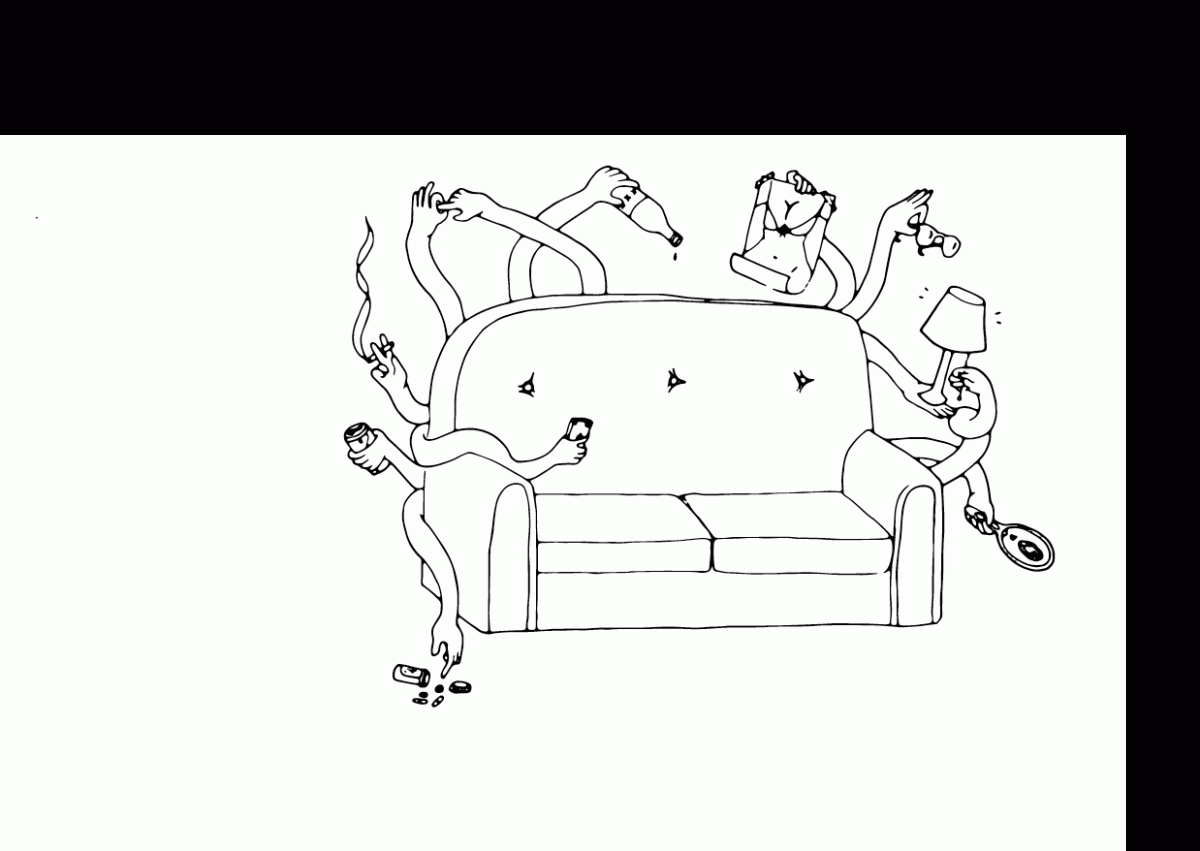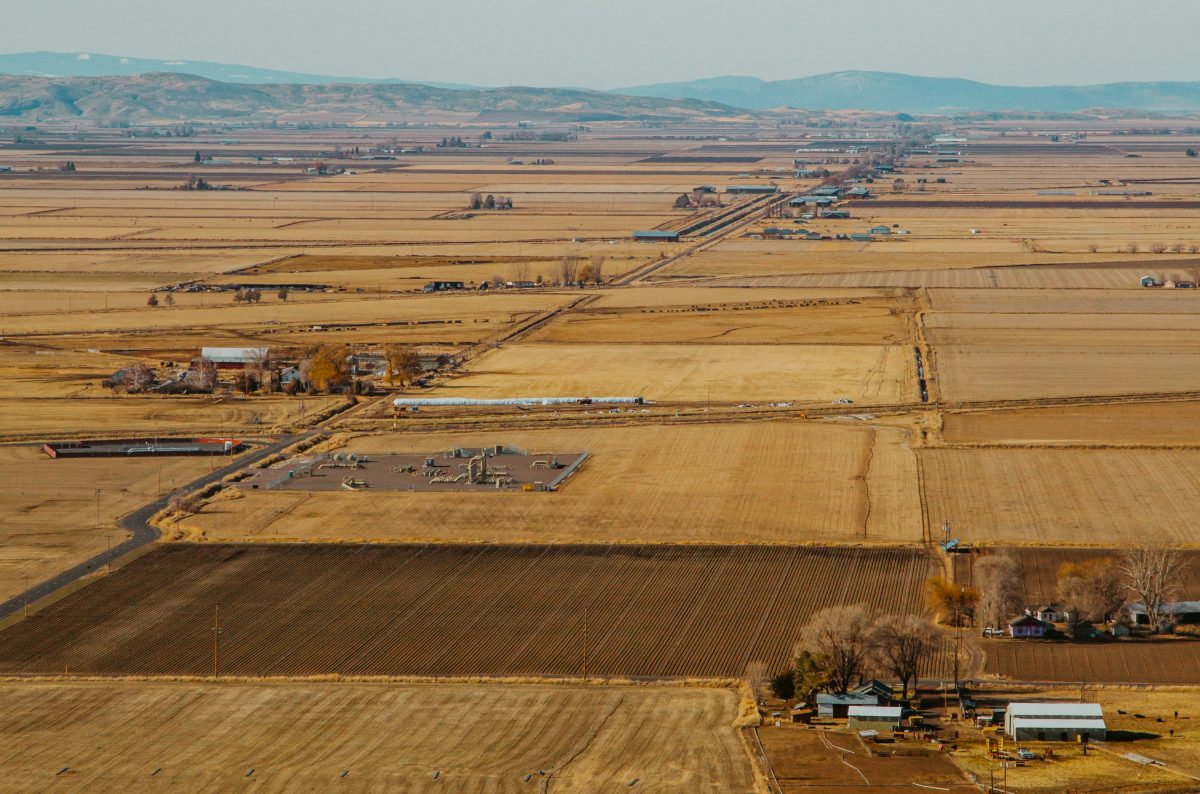part 1 of 3 farming features in Winter 2018
It is a sunny, fall morning in Rickreall, Oregon and the smell of manure is in the air. Louie Kazemier pulls up in a three-ton pickup with a beaming smile. The cheerful moos of his 3,500 Holstein cows echo in response across the valley.
Louie is a humble dairyman. When he brought his 700 cows to the Willamette Valley in 1991 from San Diego, he never expected Rickreall Dairy to grow into the operation it is now, producing 17,500 gallons of milk a day. He also never expected to receive a national dairy award recognizing his sustainability efforts. And he never expected his conservation efforts to lead the way in innovative sustainable dairying practices across the state.
Rickreall Dairy is the story of many. This family-owned farm parallels the innovative work of dairies all over Oregon, many of which demonstrate sustainability by capitalizing on waste.
Under the Confined Animal Feeding Operation program, dairies across Oregon have practiced sustainability for years to prevent any form of pollution on their farms. Louie explains that as dairymen under the CAFO Program, “we are not allowed to pollute. Period. Which means no material ever leaves our property unless we say it can leave.”
The CAFO program is effective because it does not discriminate based on size or location. According to Wym Matthews, CAFO Program manager, Oregon is the only state with these stringent yet fluid regulations. The program requires dairies to minimize pollution, but it does not mandate how. The result is what Louie defines as the most unique part of the dairy industry. “You can have 100 dairymen in a room and 100 different ways to dairy.”
Consequently, sustainable dairying initiatives have evolved across the state to comply with CAFO requirements while maintaining the autonomy of individual dairies and their surrounding environments.
“Oregon is a really beautiful place and it is widely variable,” Matthews says. “The vast majority of ag’ operations in the state ask themselves, ‘how do we maintain our operation without destroying what makes Oregon the unique place that it is?’” The nondiscriminatory nature of the CAFO program encourages dairymen to practice sustainability in ways that treat their variable environments with respect.
Rickreall Dairy’s sustainability efforts are rooted in manure. As Louie’s dairy continued to grow, so too, did the amount of waste. The 1,000-acre farm produced so much waste that the dairy accumulated a manure lagoon. To make the most of this slurry, Louie began trading the manure as fertilizer to local grass seed farmers in exchange for food for his animals. Now, the farm makes more money from its fertilizer than its dairy, shipping around 35 to 50 million gallons of fertilizer every fall to farms in the surrounding community.
To ensure Louie is not using more fertilizer than is necessary, he regularly consults an agronomist that determines nitrogen, phosphorus and potassium levels—key elements for soil retention—in the silage. “I have a Northwest ag’ consultant that makes recommendations for what’s in the soil versus what the crop needs,” Louie says. “Then we can fertilize correctly without over-applying.”
The result is a fertilizer that is noticeably better for crops and allows Rickreall to make the most of its resources.
“After 25 years of double cropping, [the land] should be tired and completely worn out,” Louie says. “But because we keep putting these nutrients on it and keep incorporating them into the ground, the soil is actually getting better instead of worse.”
The nutrients have equally positive effects on the neighboring farms that contribute waste and receive fertilizer in return. Louie explained that he can drive through Polk County and see which farms are using his fertilizer based on how green the grass is.
Rickreall’s most recent sustainability effort epitomizes the Kazemier family’s innovation in capitalizing on waste. This time, the initiative is led by Louie’s son, Nate. The farm is producing cow fiber, a nutrient-rich fertilizer and healthy animal bedding material. The complex process runs fresh waste through a series of conveyor belts and a large spinning tumbler, spitting out dry fertilizer at the end. “The manure gets heated up in this rotating cylinder so that bacteria gets killed,” Nate says. The resulting bedding material prevents infections in freshly milked cows, further contributing to Rickreall’s dedication to healthy animals.
Louie’s efforts have not gone unnoticed. This past summer, the farm was one of three operations in the US to receive the National Outstanding Dairy Farm Sustainability Award, issued by the Innovation Center for US Dairy. The award recognized the economic, environmental and community impact of the farm’s innovation.
Rickreall is the first dairy west of the Mississippi to receive the award. However, Louie thinks that his story is not unique in the state of Oregon. “I think there’s a lot of dairymen in this state that deserve this award,” Louie says. “I’m not the only one doing what I’m doing.”
In fact, just 30 minutes north of Rickreall Dairy, the Bansen family-owned Forest Glen Jerseys operation embodies sustainability in their use of methane digesters. By taking in manure and converting the organic energy to methane, the digesters capitalize on waste by creating gas for the farm from manure. Although the Bansen family introduced digesters just a couple years ago, the effects have already proven economically viable, according to Jamie Bansen.
Methane digesters work well for the size and surrounding moist environment of the Bansen farm, Bansen explained. At Rickreall, on the other hand, Louie says that digesters were too expensive, so he chose to practice sustainability in other ways. Each farm’s distinct method represents the beauty of the CAFO program, encouraging dairies to exhibit sustainability in a way that best fits their particular operation.
Though widely variable, dairies across Oregon are exhibiting sustainability. Families like the Kazemiers and the Bansens parallel the innovation occurring at a statewide level. Astute, efficient and loving—this is what sustainability looks like in Oregon dairies.





![Generations of handmade Native American regalia and decor fill the walls of Crystal Szczepanski’s home on the Confederated Tribes of Grand Ronde reservation. Among them hangs a Pendleton and leather cradleboard crafted by relatives for Szczepanski after the birth of her daughter, Ravin. A carving of a wood canoe is […]](https://ethos.dailyemerald.com/wp-content/uploads/2018/04/b4d48e73893ec02eabc7a89b5591d678-800x1200.jpg)
![Words and Photos by Sarah Northrop Dark rooms, dark skies: Behind black curtains, a metal basin sits among scattered jugs of chemicals, a row of enlargers and mismatched development supplies. On the outside of the darkened space, a red warning light switches on. There’s a darkroom in use. And I’m […]](https://ethos.dailyemerald.com/wp-content/uploads/2018/04/a88cc0af91f19341e0e8afe516d39192.jpg)






![Before dinner, Paige gives James his medicine in the form of a cannabis oil filled capsule. James takes about 45mg of CBD and THC/THCA oil throughout the day. The CBD helps reduce his seizures while the THC and THCA helps regulate his emotions and impulse control. “He is more able […]](https://ethos.dailyemerald.com/wp-content/uploads/2018/01/d78a0fd1da4fdc3992cdea4aebdc20db-1200x800.jpg)


![[Photo Courtesy of the Lara Family]
Ruben embraces his beloved childhood goat, Katrina.](https://ethos.dailyemerald.com/wp-content/uploads/2025/05/katrina-1-1060x1200.jpg)


